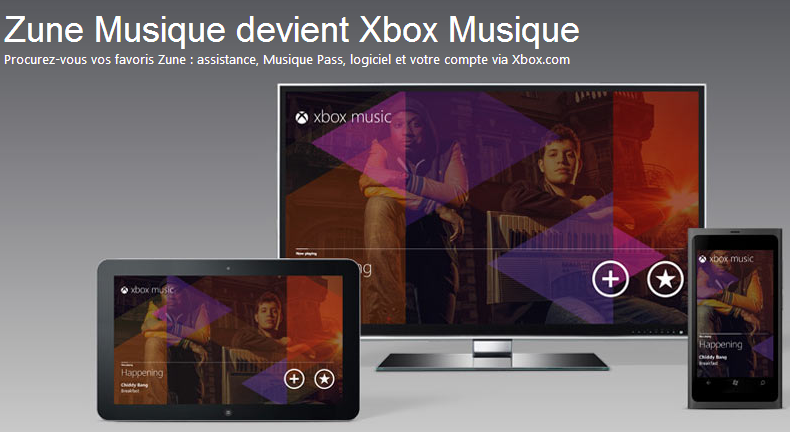

That’s what getting a Goodie is all about. It’s also been given to members of the community who have done a great service to the world at large, or the Goodman Games community and fans. It recognizes judges who have gone above and beyond during their games, as well as tournament judges with exceptional game stats.

We’re still looking for your nominations! We want the deserving to receive their own Goodie Award! For several years Goodman Games has given out our annual accolade, the Goodie Award. Sorry if I’m talking nonsense, I’m self-taught and trying to figure it out, might be I’m missing something obvious.Accepting Nominations for the 2022 Goodie Awards If you write c#, that would be F#m7(#5)/E, right?īut it’s easier to say the piece modulates to E Mixolydian, which has F#m7 chord, and the melody is using D natural which is in that scale. I guess it’s some kind of ii chord (F#m7/E?) in your case. It doesn’t help there are so many different variations out there, some with E, some A, F# or even B or in the bass. Wy question is, why did you write is as c#? Is it because for that short part the piece modulates to another scale? If so what scale is it (the one I mentioned before doesn’t match)? Or what roman numeral would you put to that chord so it works out like that? Why? It is a melodic line, which is chromatic in this case so that d# goes down to d, which is not a part of E major scale, but… neither is c#. In the video, you say that c# (double sharp! is there “because that’s how the harmony works out”. Though, if it was by any legit composers I would imagine the piece has been altered overtime to simplify it and make it more pleasing for mainstream consumption. The piece is certainly not by Sor, that is just way off, but Tarrega would not be a huge stretch. The style of the piece is that of the Parlour music of the late 19th century in Spain or South America, having a closed three-part form: the first in the minor key and the second being in the major key, with the third being a restatement of the first.” The question of authorship has probably been propagated by three main reasons: the lack of claim by its true author, the desire to avoid paying copyright fees, and the desire of publishing companies to claim the lucrative copyright of this world-famous piece. The Anónimo (anonymous) part of its name has been incorporated over the years due to this uncertainty.

It has variously been attributed to Antonio Rubira, David del Castillo, Francisco Tárrega, Fernando Sor, Daniel Fortea, Miguel Llobet, Antonio Cano, Vicente Gómez, and Narciso Yepes. It is suspected of originally being a solo instrumental guitar work, from the 19th century. More info on the piece via its Wiki: “Its origins and authorship are in question. You can do this by practicing the combined notes in a measure or quarter note beat. Getting comfortable with the chord shapes is another aspect of the piece that will need to be practiced. Try to under-play it so it never interferes with the prominent melody. It’s quite far away in register from the melody so it won’t interfere much. The bass voice is the next most important and can be fairly present so it can sustain through the measure.

The melody should pop out of the texture without interference from the bass or accompaniment. You want the melody to be the most prominent. The melody is the upper voice as shown on the first two lines below.īalance the Voices. Then, when you add in the accompaniment you try to keep the legato melody as high quality as possible despite of the chord changes and fingering. You want to practice the melody on its own and get the phrasing and dynamic shaping to be as high quality as possible. The melody to Spanish Romance is the most important element in the piece.
#MUSIC PUB JEUX VIDEO FREE#
Score Comments: The use of the E in measure 19 and 20 is used as a pedal point but feel free to play an F sharp with a barre at the 2nd fret if you prefer.
#MUSIC PUB JEUX VIDEO PDF#
Includes fingering.įree PDF – Comes with both notation-only and tab editions Also known as “Romance Anónimo” (Anonymous Romance), “Estudio en Mi de Rubira” (Study in E by Rubira), “Romance de España”, “Romanza” and “Romance d’Amour” and more titles. Spanish Romance (Romanza) – This is an iconic work and may the most popular and well recognized works for classical guitar by the general public. Level is Intermediate, a few big chords, stretches, and upper position (Grade 5-6). Comes with both a Notation-Only Edition and Tab Edition. Spanish Romance (Romanza) – Free PDF Sheet Music or Tab for Classical Guitar with Free Performance and Video Lesson.


 0 kommentar(er)
0 kommentar(er)
